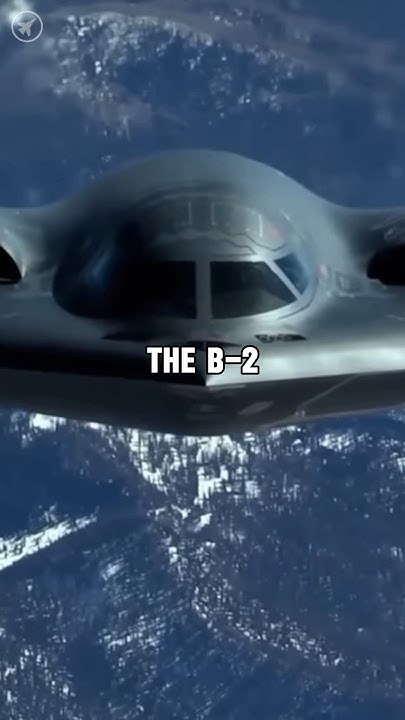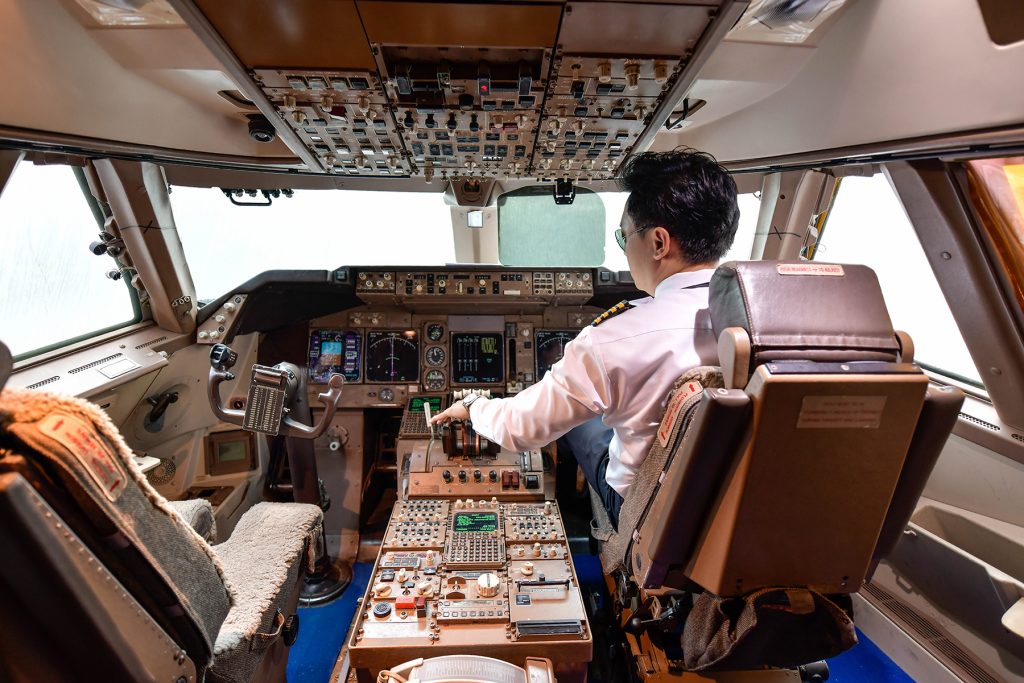How Hard Is It To Be A B2 Pilot
:quality(70)/d3k85ws6durfp9.cloudfront.net/03-27-2021/t_ecd992a72fbb49ec8aeff9abd39e87ac_name_t_006cbde566554a55bb39d8995ebc014c_name_TRAINING.jpg)
Imagine the vast, inky blackness swallowing you whole. Only the subtle hum of advanced machinery and the ethereal glow of cockpit displays break the silence. You’re not soaring through the atmosphere, you are almost part of it, a shadow gliding over continents, entrusted with a mission of unparalleled importance. Welcome to the rarified world of the B-2 Spirit pilot, a world where the stakes are as high as the altitude.
Becoming a B-2 pilot isn't just about mastering the art of flying; it's about embodying a unique blend of intellectual prowess, unwavering composure, and unwavering dedication. This article delves into the intricate journey of these elite aviators, exploring the rigorous selection process, the demanding training regime, and the immense responsibilities that come with piloting America's most advanced stealth bomber.
The path to becoming a B-2 pilot is arguably one of the most selective in the U.S. Air Force. It begins with aspiring pilots demonstrating exceptional academic and physical capabilities throughout their undergraduate pilot training.
The Initial Hurdles: Academy or OTS and UPT
Many B-2 pilots begin their journey at the United States Air Force Academy, where they receive a comprehensive education rooted in leadership, academics, and military discipline. Others arrive through Officer Training School (OTS), bringing diverse backgrounds and experiences to the table.
Following commission, all pilot candidates must successfully complete Undergraduate Pilot Training (UPT). This intensive program weeds out those who lack the aptitude or stamina for military aviation.
UPT involves mastering fundamental flight skills, aircraft systems, and flight maneuvers. It’s a pressure cooker where aspiring pilots are constantly evaluated on their performance, decision-making, and ability to handle stressful situations.
The Selection Process: More Than Just Flying Skills
Even excelling in UPT doesn't guarantee a seat in the B-2. The selection process for the B-2 is notoriously competitive. The Air Force seeks individuals with not only exceptional flying skills, but also a specific aptitude for complex problem-solving, strategic thinking, and unwavering composure under pressure.
Potential B-2 pilots face rigorous interviews, psychological evaluations, and performance assessments. They need to prove that they possess the mental fortitude and critical thinking skills required to operate a platform as advanced and strategically vital as the B-2 Spirit.
According to Air Force sources, the qualities they seek go beyond technical proficiency. They want individuals who exhibit exceptional judgment, a deep understanding of strategic implications, and the ability to perform flawlessly in high-stress situations.
B-2 Training: Mastering the Stealth Bomber
Those fortunate enough to be selected for B-2 training embark on an even more demanding program. This specialized training is conducted at Whiteman Air Force Base, Missouri, the home of the B-2 fleet.
The B-2 training curriculum encompasses extensive simulator work, classroom instruction, and eventually, flight training in the aircraft itself. Pilots must master the B-2's complex systems, including its advanced avionics, stealth technology, and weapons capabilities.
Learning to operate the B-2 isn't just about flying the plane; it's about managing its unique vulnerabilities and maximizing its stealth capabilities. Pilots must understand how to minimize their radar signature, avoid detection, and navigate complex threat environments.
The Mental Game: Situational Awareness and Decision-Making
A critical aspect of B-2 training is developing exceptional situational awareness. B-2 pilots need to be able to process vast amounts of information, anticipate potential threats, and make rapid, accurate decisions under pressure.
This requires a deep understanding of enemy air defenses, electronic warfare, and strategic planning. The B-2's mission often involves operating in contested airspace, making sound judgment paramount.
Pilots are trained to handle unexpected situations, adapt to changing circumstances, and maintain their composure in the face of adversity. This training is not just about flying; it's about leadership, critical thinking, and unwavering resolve.
The Responsibility: Guardians of Global Security
The responsibility that comes with piloting the B-2 is immense. The B-2 Spirit represents a significant investment in national security, and its capabilities are a cornerstone of America's strategic deterrent.
B-2 pilots are entrusted with delivering devastating firepower, conducting long-range missions, and operating in some of the most dangerous regions of the world. Their actions have profound strategic implications, and their decisions can directly impact global security.
According to official Air Force statements, the B-2 serves as a vital tool for maintaining peace and stability. Its ability to project power globally without being detected provides a unique advantage in deterring aggression and responding to crises.
Maintaining Proficiency: A Lifetime Commitment
Even after completing B-2 training, pilots must maintain their proficiency through ongoing training and evaluations. The B-2 is a constantly evolving platform, and pilots must stay up-to-date with the latest upgrades, tactics, and procedures.
This involves regular simulator sessions, flight hours, and classroom instruction. Pilots also participate in exercises and deployments, honing their skills in realistic scenarios and maintaining their readiness for real-world missions.
The commitment to excellence is unwavering. B-2 pilots understand that they are part of an elite team, and they strive to maintain the highest standards of performance throughout their careers.
The Human Element: The Strain and the Reward
The life of a B-2 pilot is demanding, both physically and mentally. The long hours, the high-stakes missions, and the constant pressure to perform can take a toll.
However, there is also a profound sense of reward that comes with serving as a B-2 pilot. These individuals are entrusted with a vital mission, and they play a critical role in protecting national security.
They are part of a close-knit community of professionals who share a common bond of dedication, skill, and unwavering commitment to excellence. The B-2 community fosters a culture of mutual support and camaraderie, helping pilots cope with the challenges of their profession and celebrate their achievements.
Conclusion: The Price of Excellence
Becoming a B-2 pilot is not for the faint of heart. It requires exceptional talent, unwavering dedication, and the ability to perform under immense pressure.
The selection process is rigorous, the training is demanding, and the responsibilities are immense. Yet, for those who possess the necessary qualities, the rewards are immeasurable. They become part of an elite group of aviators, entrusted with defending freedom and protecting national security.
The path is arduous, but the destination is a testament to human potential and the unwavering pursuit of excellence. It is a path forged in dedication, tempered by pressure, and ultimately, defined by service to something greater than oneself. The legacy of the B-2 Spirit pilot is one of quiet professionalism, unwavering resolve, and a commitment to keeping the shadows watching over us all.

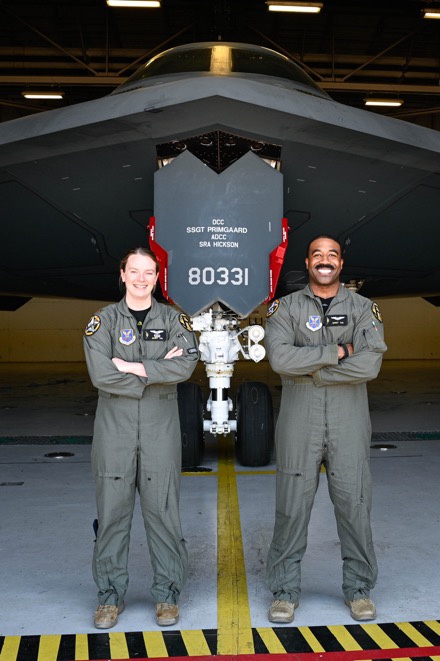
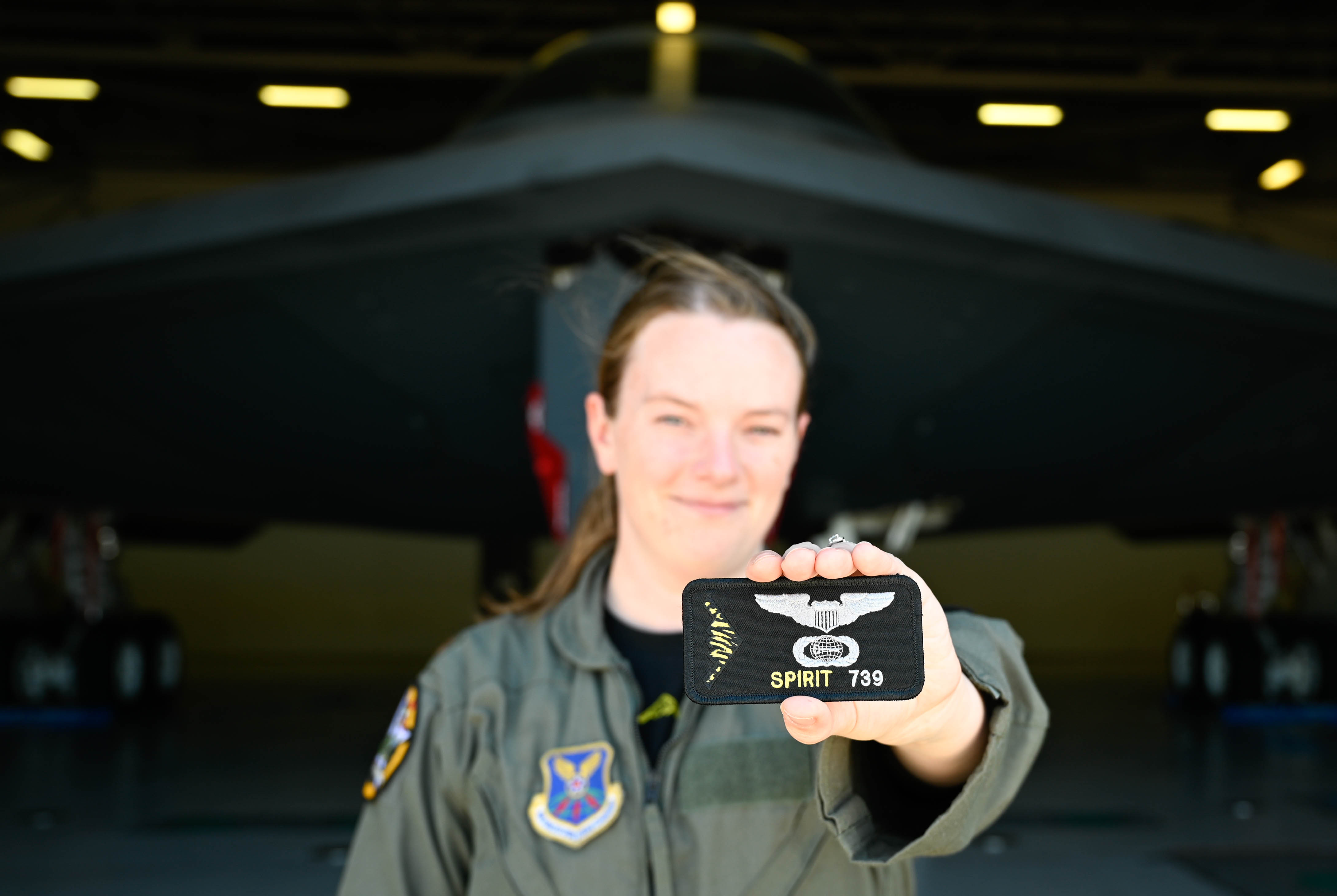
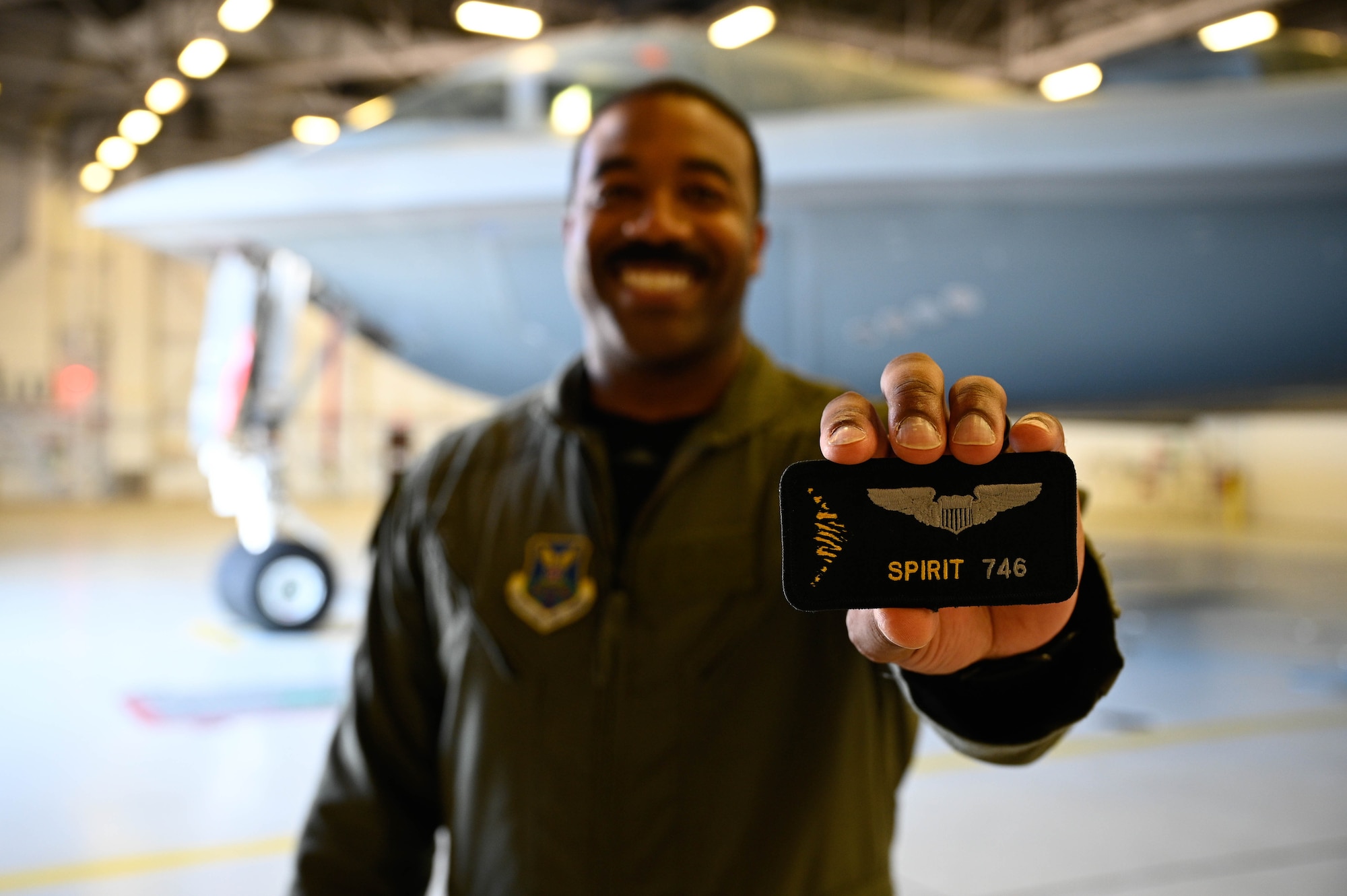

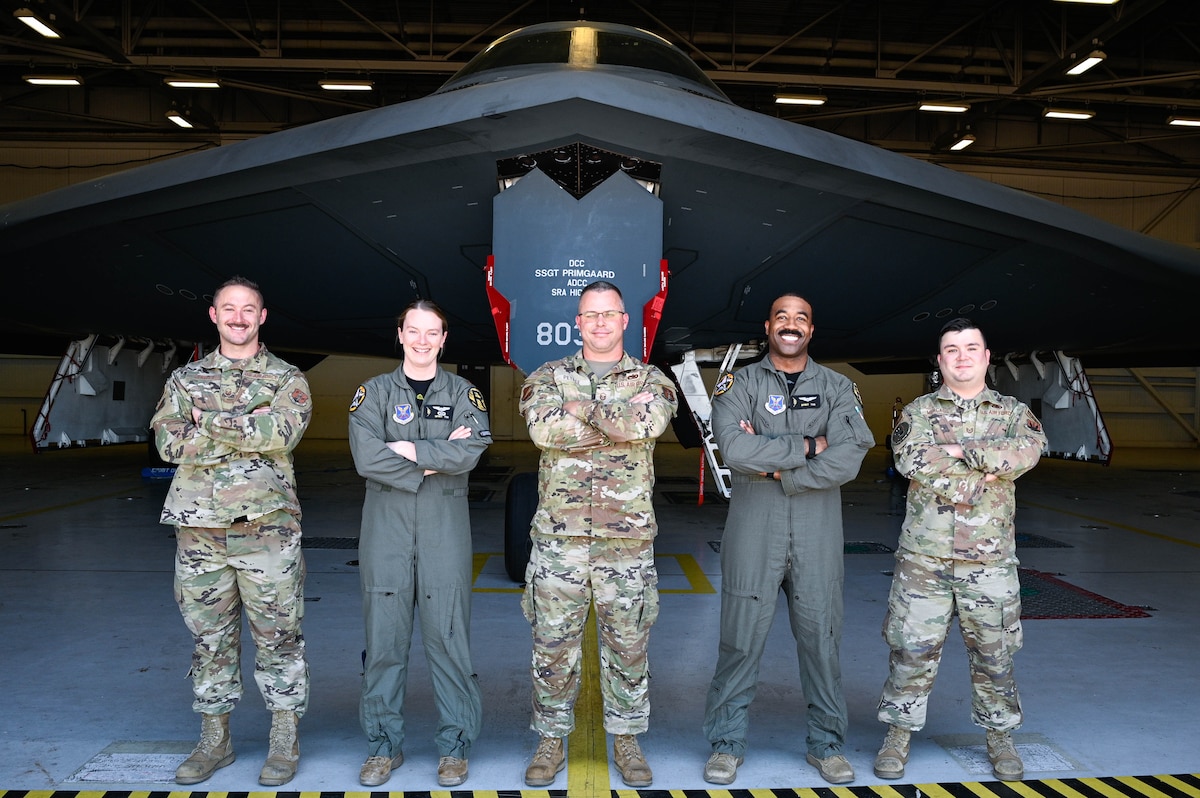

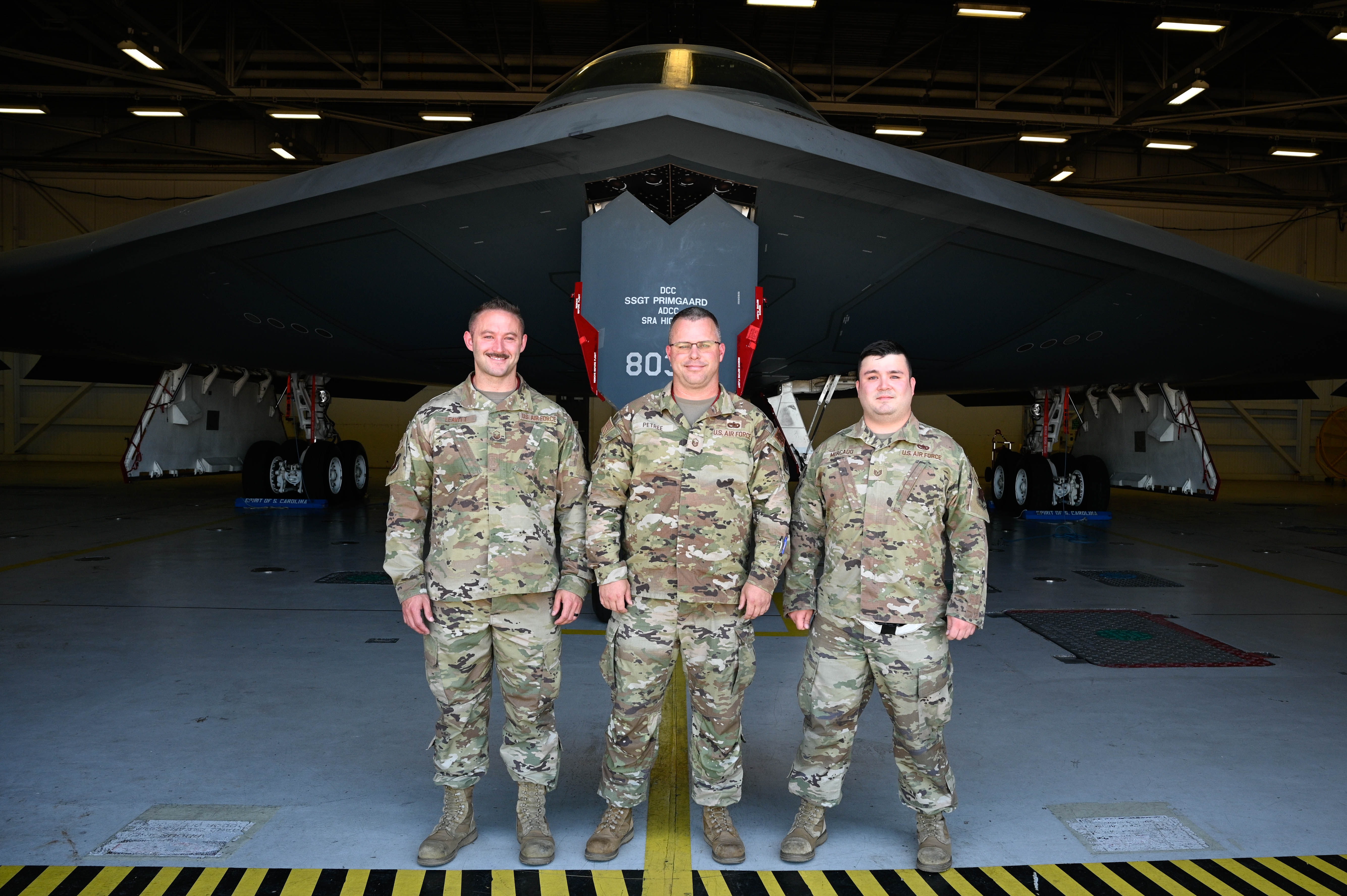

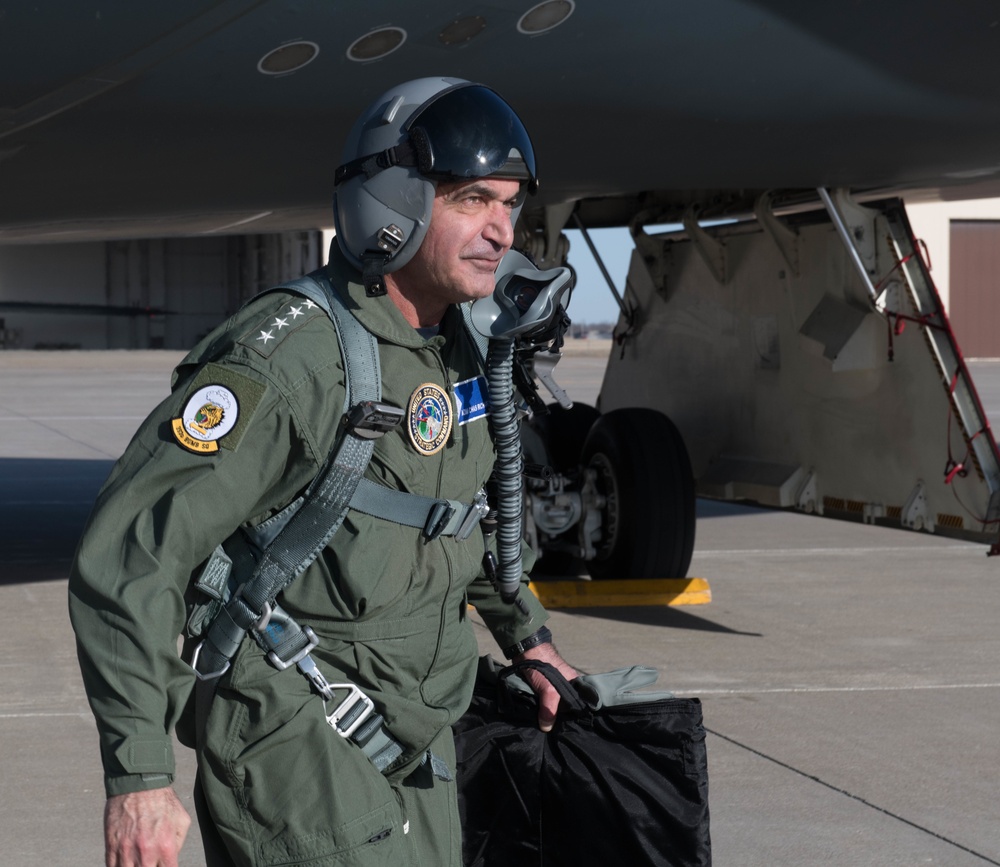


:quality(70)/cloudfront-us-east-1.images.arcpublishing.com/archetype/7NBWMDJWIRB4JNIJDJ6BAFY32Y.jpg)
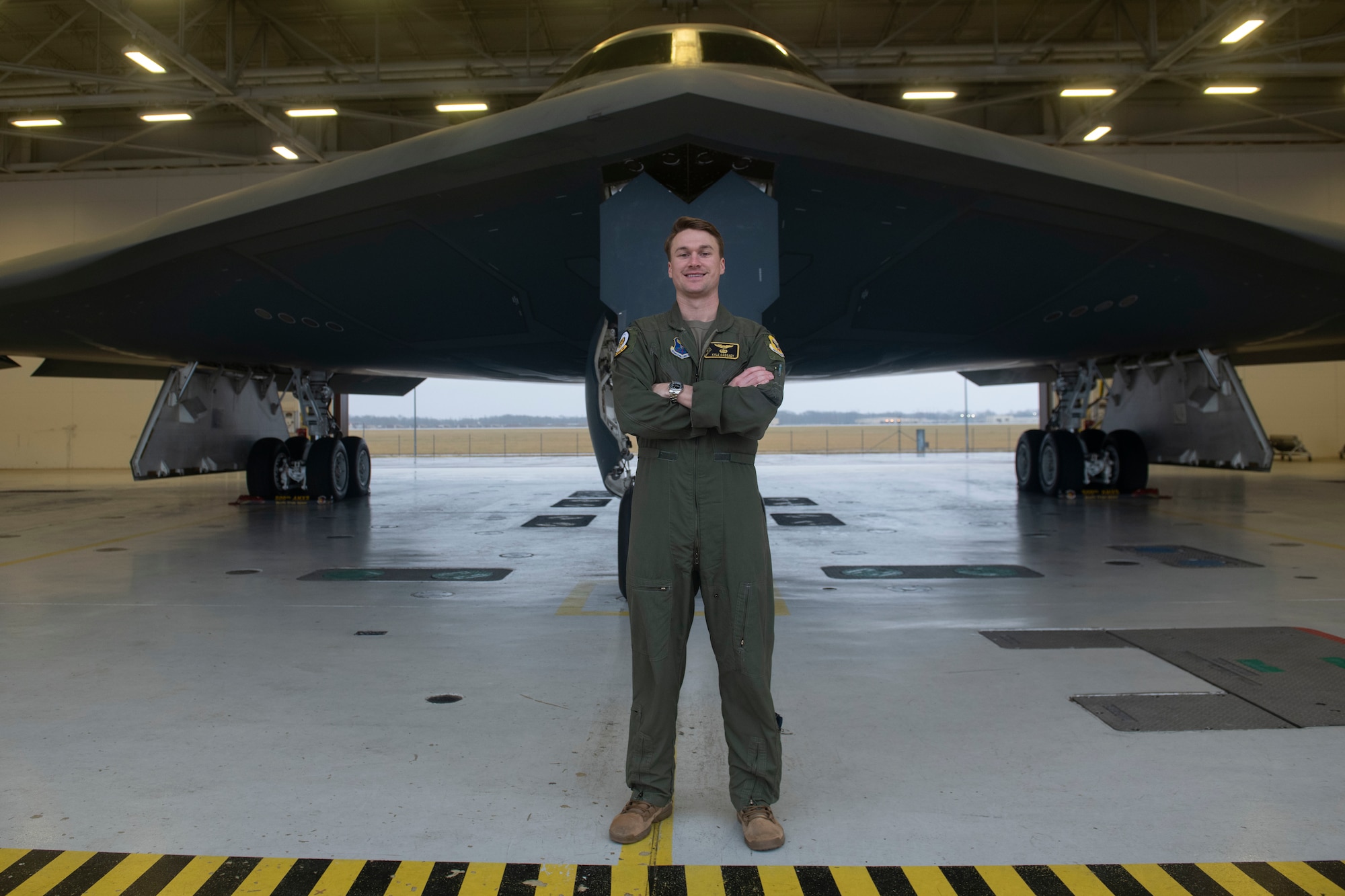
![How Hard Is It To Be A B2 Pilot DVIDS - Images - B-2 Spirit arrives at Lajes Field, Azores [Image 6 of 6]](https://d1ldvf68ux039x.cloudfront.net/thumbs/photos/2103/6559600/1000w_q95.jpg)
